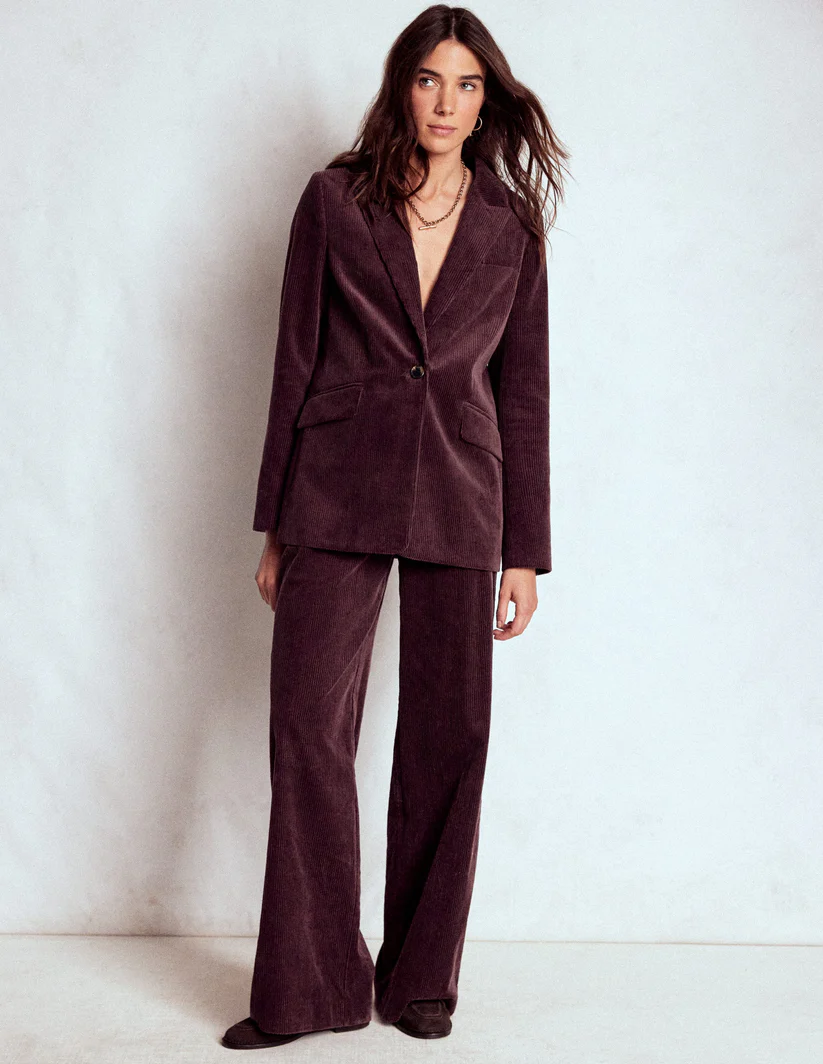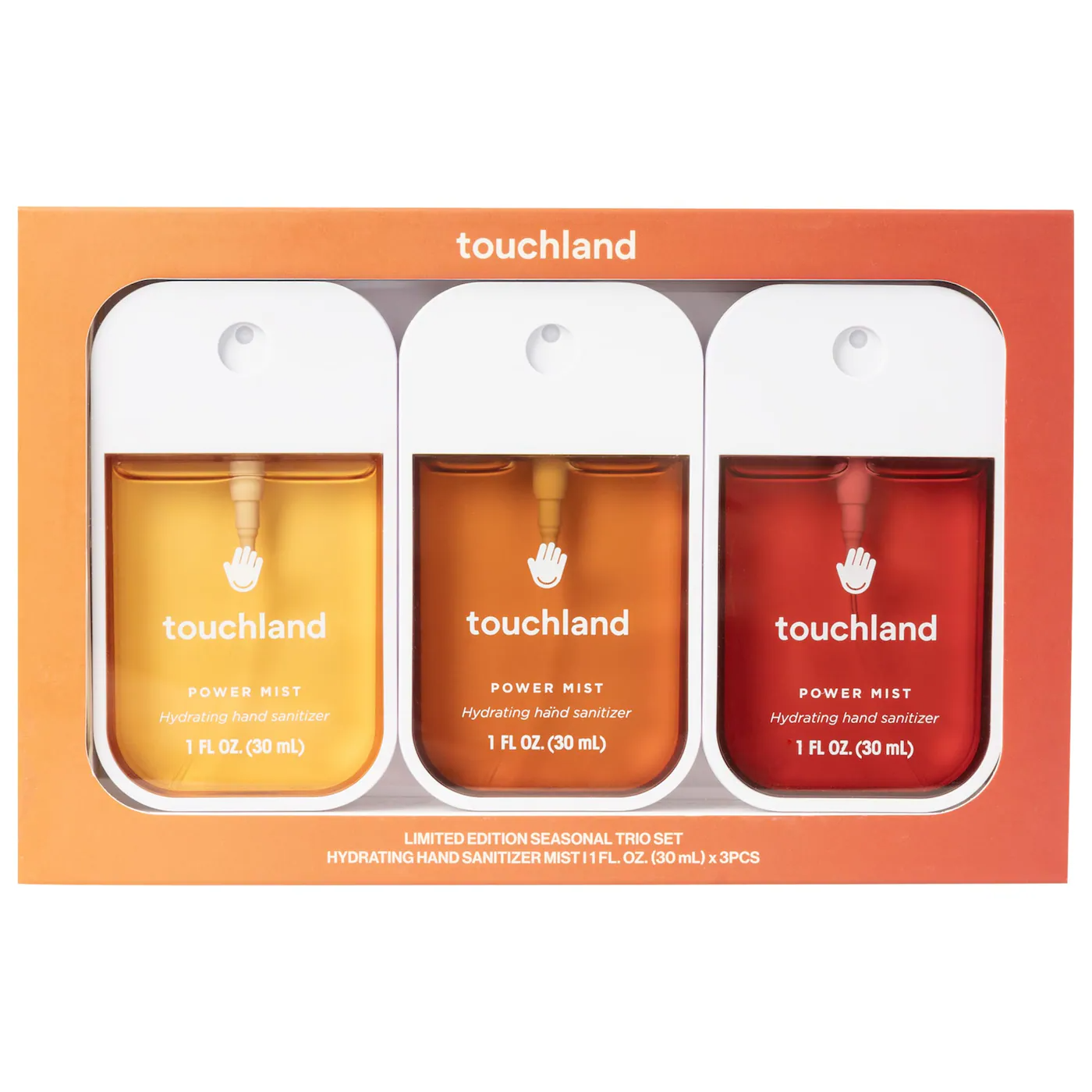

In the absence of anything else to do during lockdown, I embarked on more sorting than previously seemed possible. Books were alphabetized, cupboards cleared, walls painted, new laundry baskets bought, and boxes full of miscellaneous wires and old phone chargers put into some vague semblance of order. I tackled my wardrobe, too, folding up winter jumpers with lavender sachets to ward off moths and reluctantly removing items I never wear but have kept for years in the stubborn hope that they were just waiting for the right occasion. Turns out the complete absence of occasions is a good — albeit drastic — avenue for providing clarity.
This pandemic-induced clothes organizing felt like an oddly poignant exercise. It wasn’t a new endeavor, exactly. As someone who has amassed an unjustifiable number of garments (mostly secondhand, and historically prioritizing beauty over utility: Does anyone, for example, need five housecoats?), there has always been a steady back-and-forth traffic between additions and depletions. Often the latter have come after extensive consideration of fit, use, and evolving style. Sometimes it’s been a simple question of whether or not the item, to borrow Goldilocks’ favored system of categorization, is too big, too small, or just right. Usually, though, it’s proved more complicated, often involving some part-nostalgic, part-bemused form of confrontation with the choices of a series of past selves.
Take my adolescent self, of whom a few select remnants exist in my current wardrobe. A decade ago I was deeply invested in the idea that an outfit had to look deliberately put-together. This makes sense given that I was a teenager living in a small village in the English countryside when what I wanted to be was a grown-up living in London who never had to deal with the inventive cruelty of 14-year-old girls. Clothing was an easily accessible form of differentiation. If everyone else was in jeans, my only route was to go all out in fifties tea-dresses and fancy hats, developing a questionable predilection along the way for net gloves like a mournful minor character in a Merchant Ivory film. Adding to the whole emotionally fragile aura, I took my weekend dressing — the only time when I wasn’t confined to a school uniform — so seriously that I went through a period of bawling on Saturday mornings at the sheer, overwhelming choice of what to wear.
Some of the other choices were good though. The number of hours I devoted to sourcing vintage pink silk blouses during my formative years wasn’t time wasted. Ditto the seventies nylon maxi dresses in lurid colors: sour apple green, traffic cone orange, swimming pool turquoise. They still survive every wardrobe cull.
I feel a curious set of memories associated with many of these garments though, particularly in the latest round of ones set aside. Clothes figure as such vivid repositories not just of where they were worn — the weddings and birthdays and holidays they attended, the particular times in our life they accompanied us through — but also who we were when we wore them. Or rather, a combination of who we were and who we wanted to be. Whenever we talk about clothes as a form of self-expression, this runs the risk of suggesting that what we put on functions as some pure articulation of a fully acknowledged self beneath the fabric. But so often what our clothes actually express are the range of selves we are trying out, or trying on, some fitting more effectively than others.
As a teenager, part of the pleasure I took in what I wore didn’t just come from visual distinction or the general thrill of dressing up. It was also held in the projection of myself as the kind of person who owned fifties beaded cocktail gowns — even if the range of places I could wear such a garment were limited to my bedroom and the odd field where I posed in my retro finery for my fashion blog (I was a vintage-obsessed teenager in 2009, of course, I had a fashion blog.)
Other clothes suggest more recent dalliances with imaginative versions of who I wanted to be. Take another garment I finally decided to say goodbye to: a pair of hip-hugging black pleather trousers that squeaked at the knees when I sat down in them. I bought them just after watching Ocean’s Eight, my Cate Blanchett induced frenzy also extending to a zip-up, sleeveless denim vest. As much as these might just suggest the customary lapses of judgment we all go through with impulse buys, they are also a classic example of a sartorial self I briefly flirted with before realizing it was never going to stick. The film was released the same year I properly came out, and like a gay version of Sandy from Grease — I, too, an earnest, vaguely socially anxious Goody Two-shoes who hated being told off, had never taken drugs, and got on with her parents — I entertained the notion of transformation via a pair of tight trousers suggestive of rule-breaking, rock-chick magnetism. I was attracted to the image, but neither the trousers nor the vest has ever been worn.
The funny thing is that the item of clothing that much more accurately marked that memorable time is perhaps the least canonically lesbian garment imaginable: a white strappy cotton sundress. Nondescriptly pretty and almost laughably virginal, it has a frill at the hem and a rip in it that I’ve been meaning to fix for years. And yet, having accompanied me through an uncertain, exhilarating summer — one that figures in my memory as one long shimmer of hot tarmac, sprawling parks, and late-night bus rides feeling very angsty and excited and intense — it is the garment that feels most closely emblematic of that time.
Our clothes hold so many memories. Some, like my white dress, which I have also worn time and time again during this strange year, we attribute particular importance to, whether those recollections are pleasant or painful. Others hold more nebulous associations: less concrete memory, more general mood. Perhaps it’s of a place previously lived in or a sensation that has inexplicably attached itself to a particular shirt or pair of shorts.
In Orlando, Virginia Woolf characterizes memory as a capricious “seamstress” who “runs her needle in and out, up and down, hither and thither.” This needle pulls together unrelated moments and mundane experiences, constantly stitching the past to the present. In this image, clothes figure as part of a larger metaphor, rather than a source of memory themselves, but it’s just as apt when thinking about the sensory power found in what hangs in our wardrobes. Some days a dress is just a dress. On others it invokes a string of memories (first dates, parties, dinners, trips) and feelings (triumph, shame, frustration, aspiration, ease), setting off all sorts of echoes.
It’s certainly why I found my recent clothes sorting endeavors more charged than usual. Dwelling on the past, especially when it comes with acknowledgment of one’s own growth and transformation, can be a pleasurable sort of indulgence. But this time, it was undercut with a much stranger feeling. Many of the clothes hanging in my wardrobe didn’t just evidence previous decisions or distant selves, but they also served as reminders of a recent time in which memories were amassed via all sorts of sociable avenues and activities. In lockdown, whole swathes of what I owned existed in a kind of stasis — awaiting future occasions and outings once more.
Now, in the UK, we are in a strange between-space: no longer fully locked down, but certainly nowhere near normal either. Already though, in the way that all present moments soon dissolve into scattered recollection, this acutely odd time of sorting and staying fully indoors has begun to form its own memories, too — even if they are embodied in simpler things, like soft gray T-shirts or the same pair of dark blue jeans worn for days on end, perfectly practical for painting walls, organizing cupboards, and appraising the cluttered contents of a wardrobe.
Like what you see? How about some more R29 goodness, right here?
To My Fancy Shoes: I Love You & I Miss You




